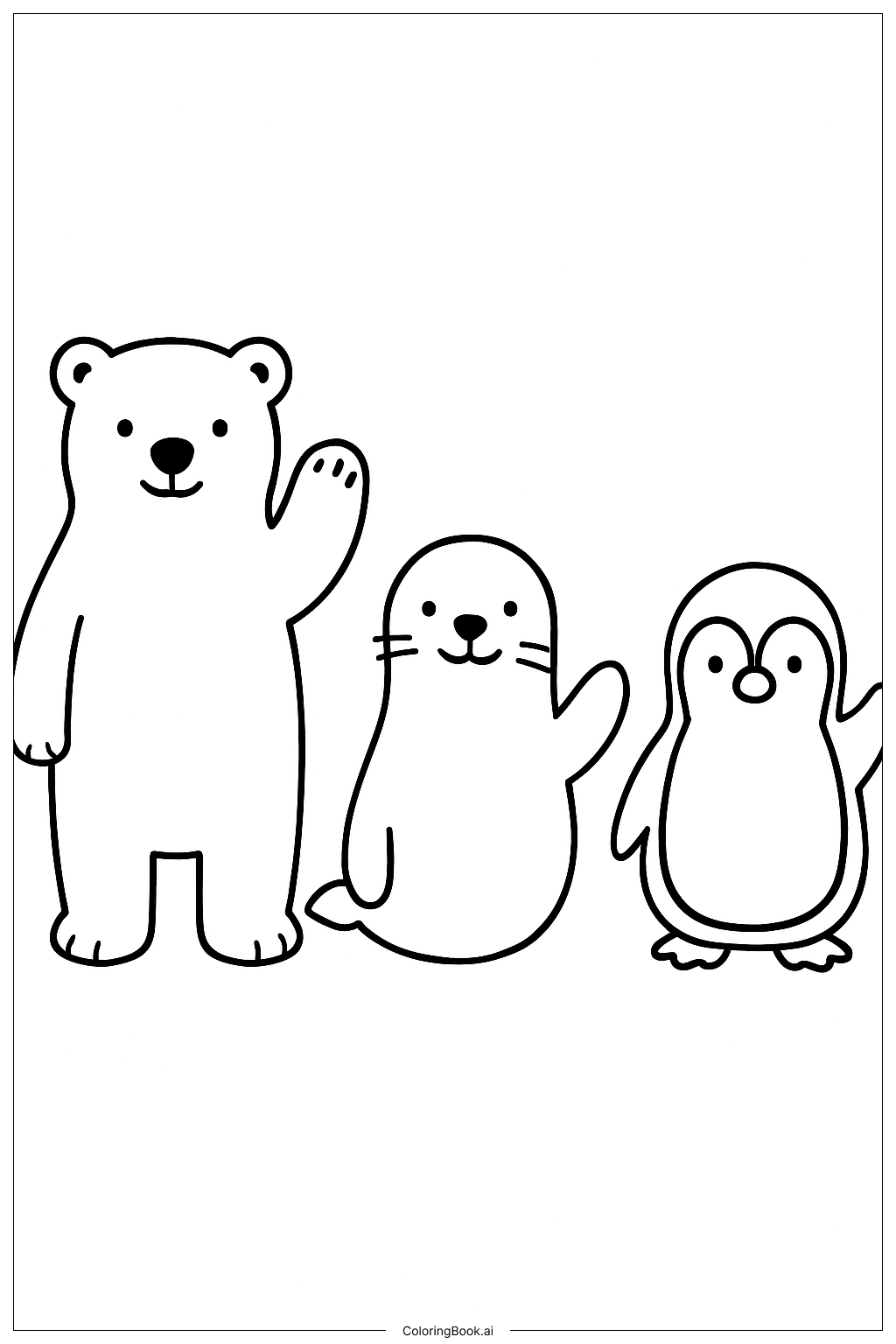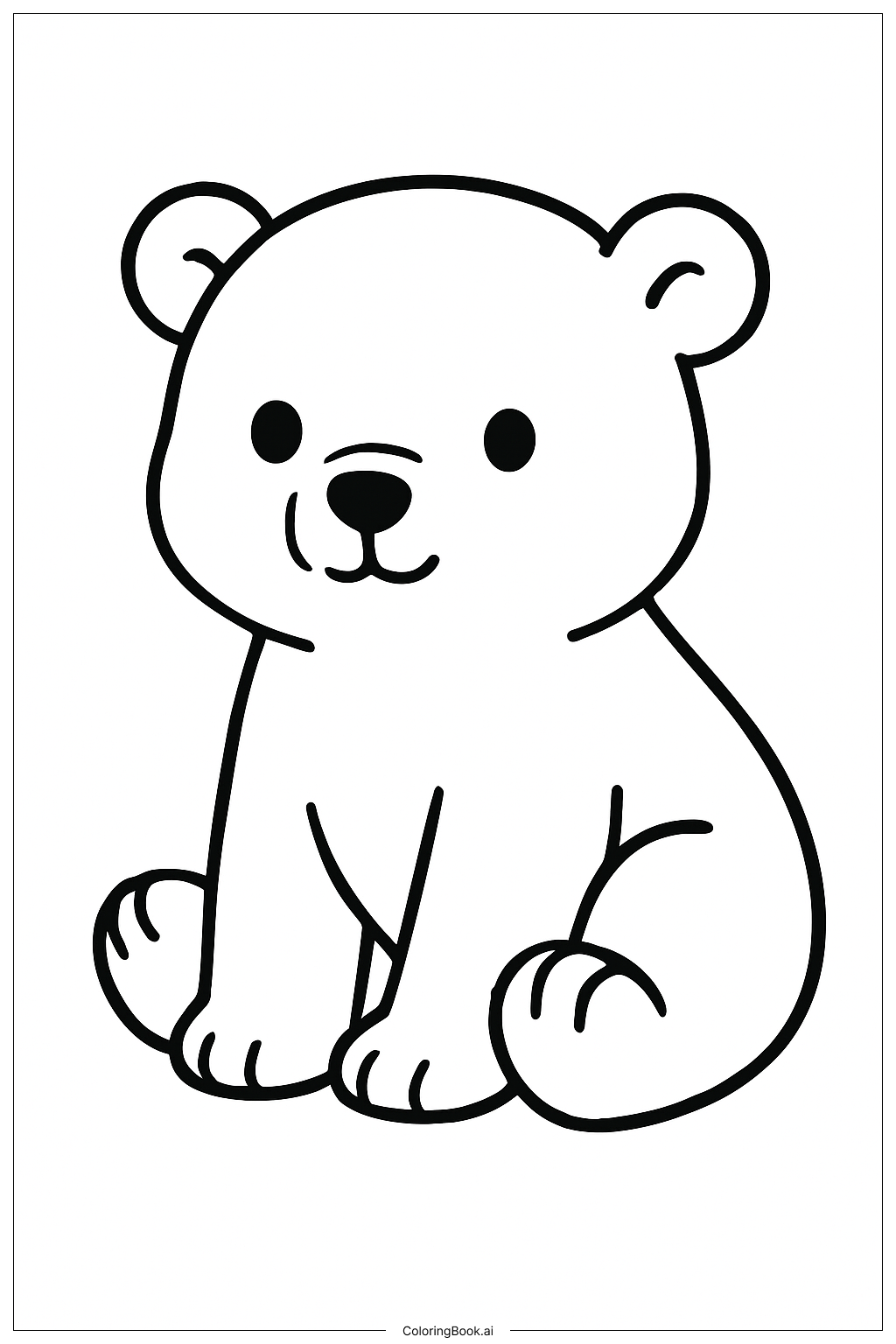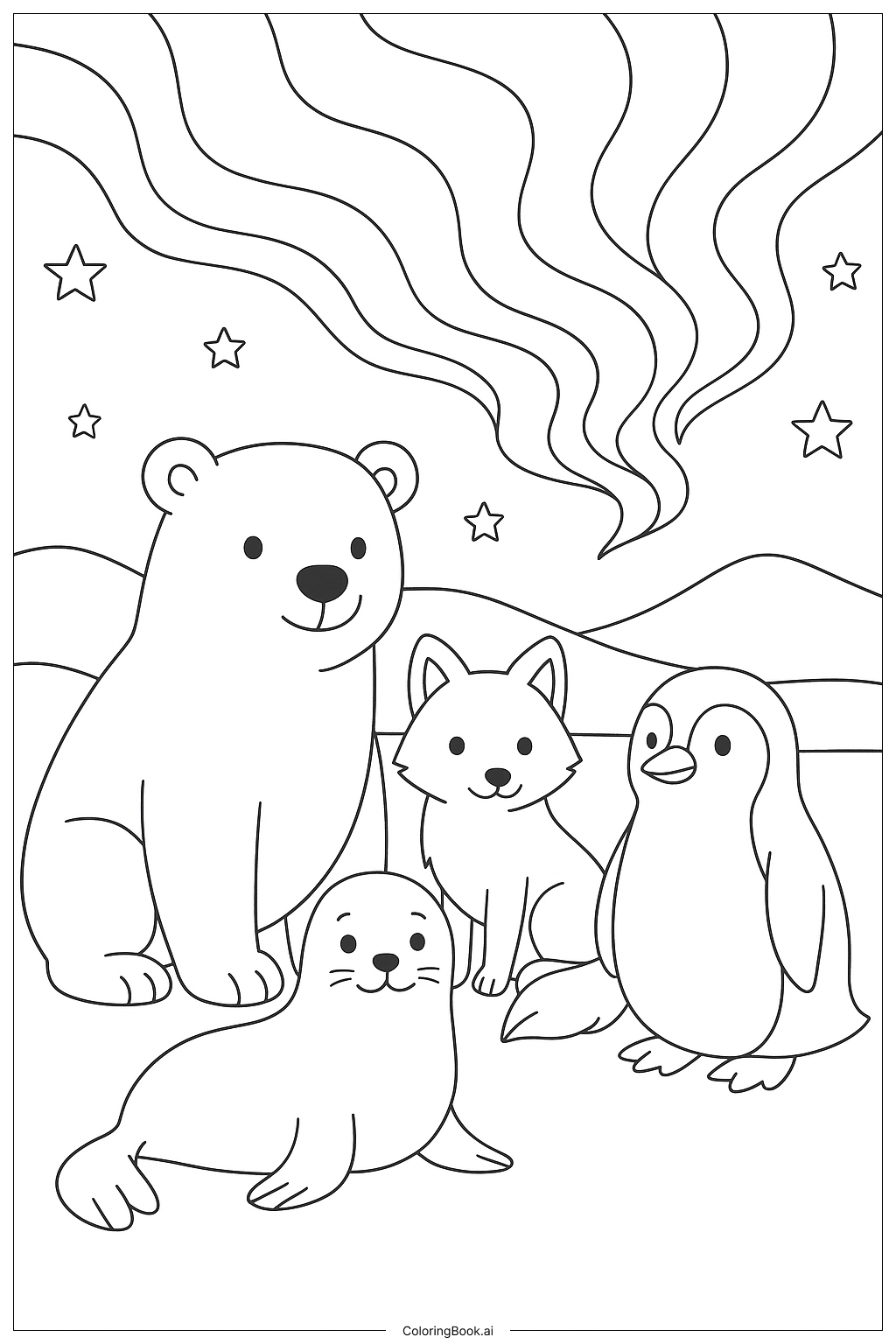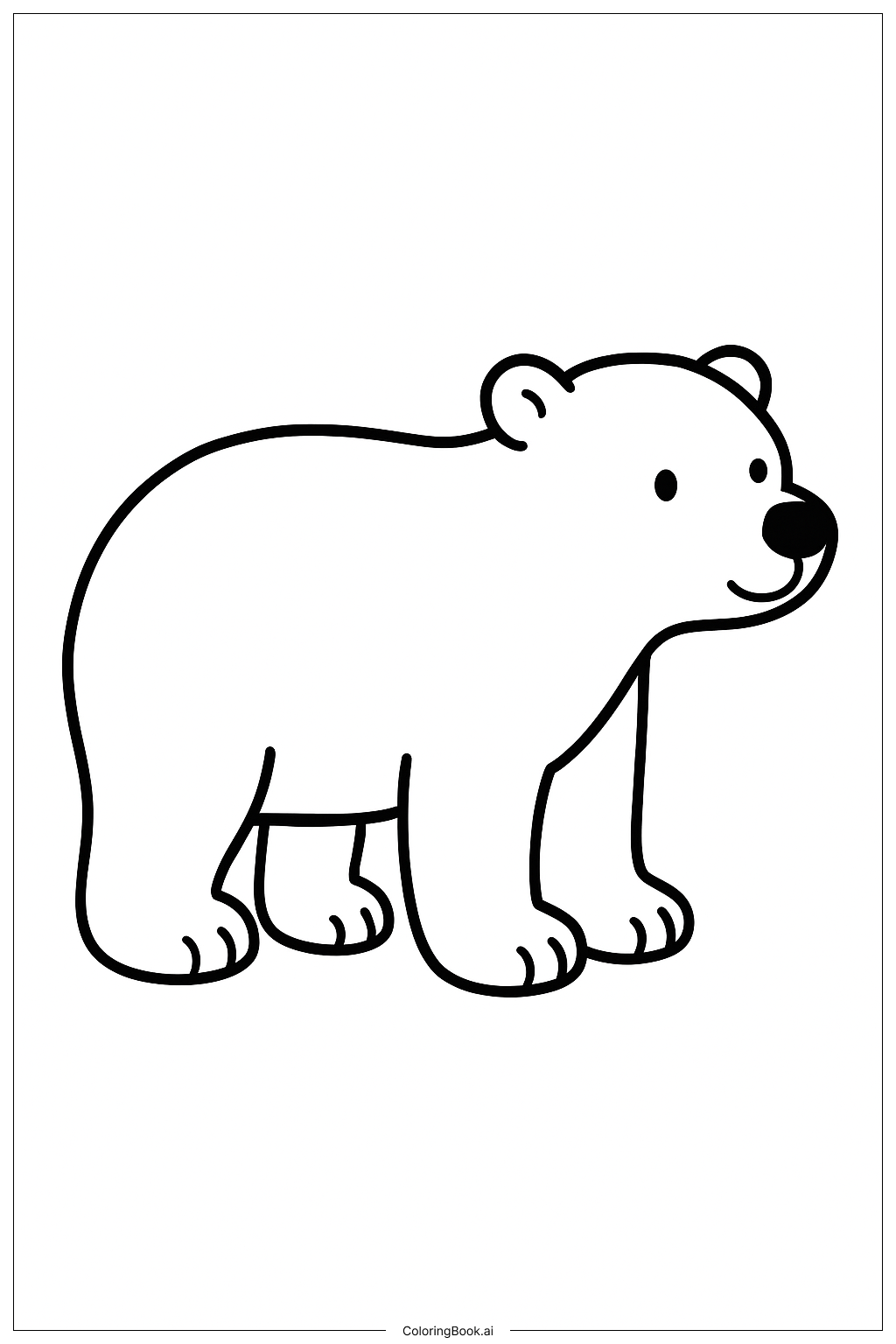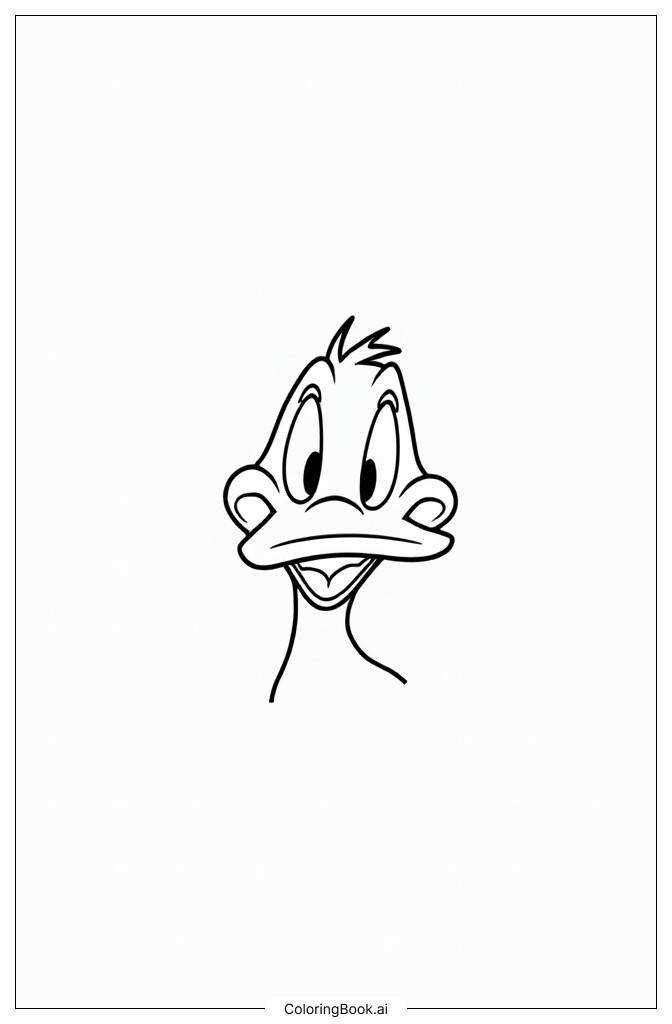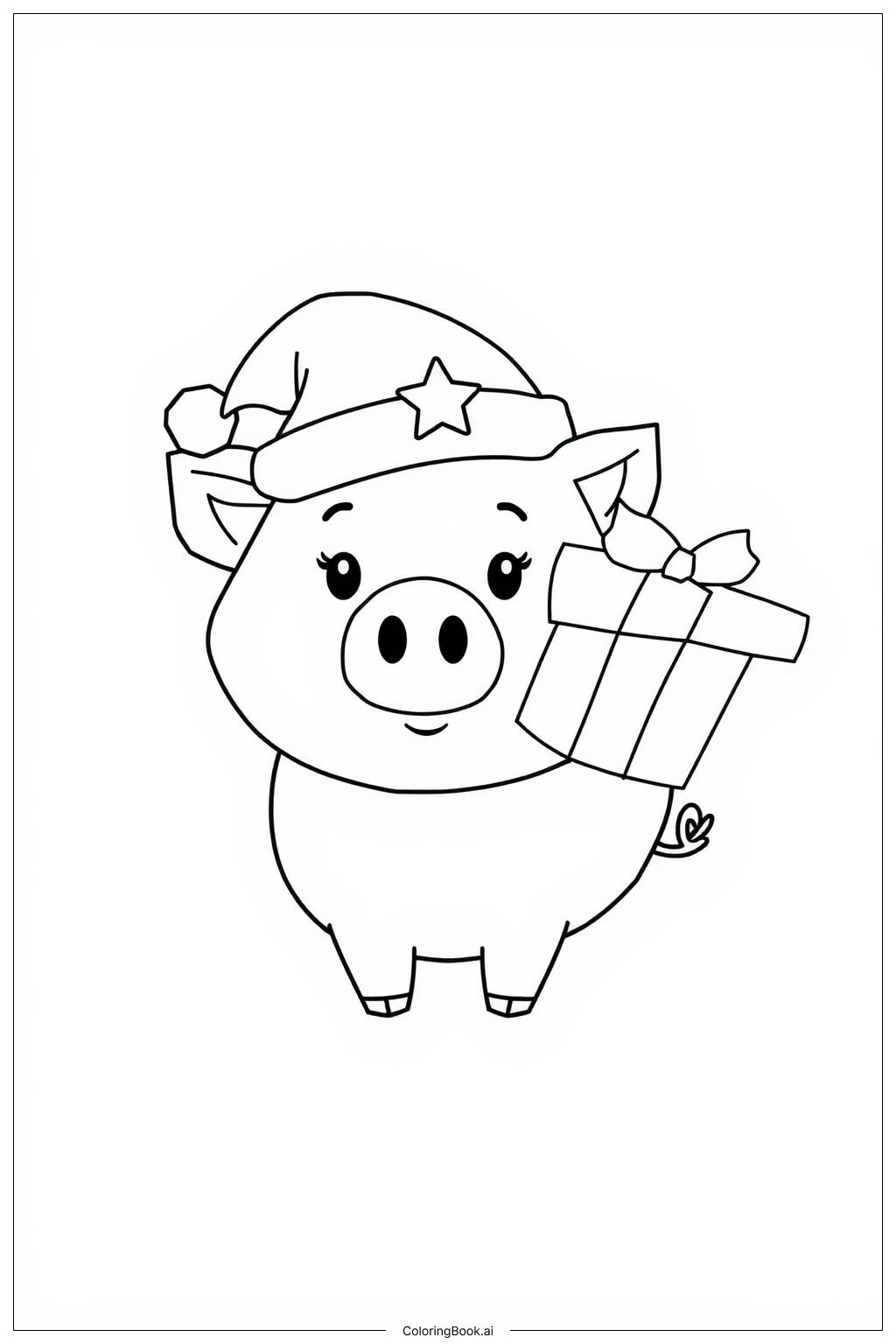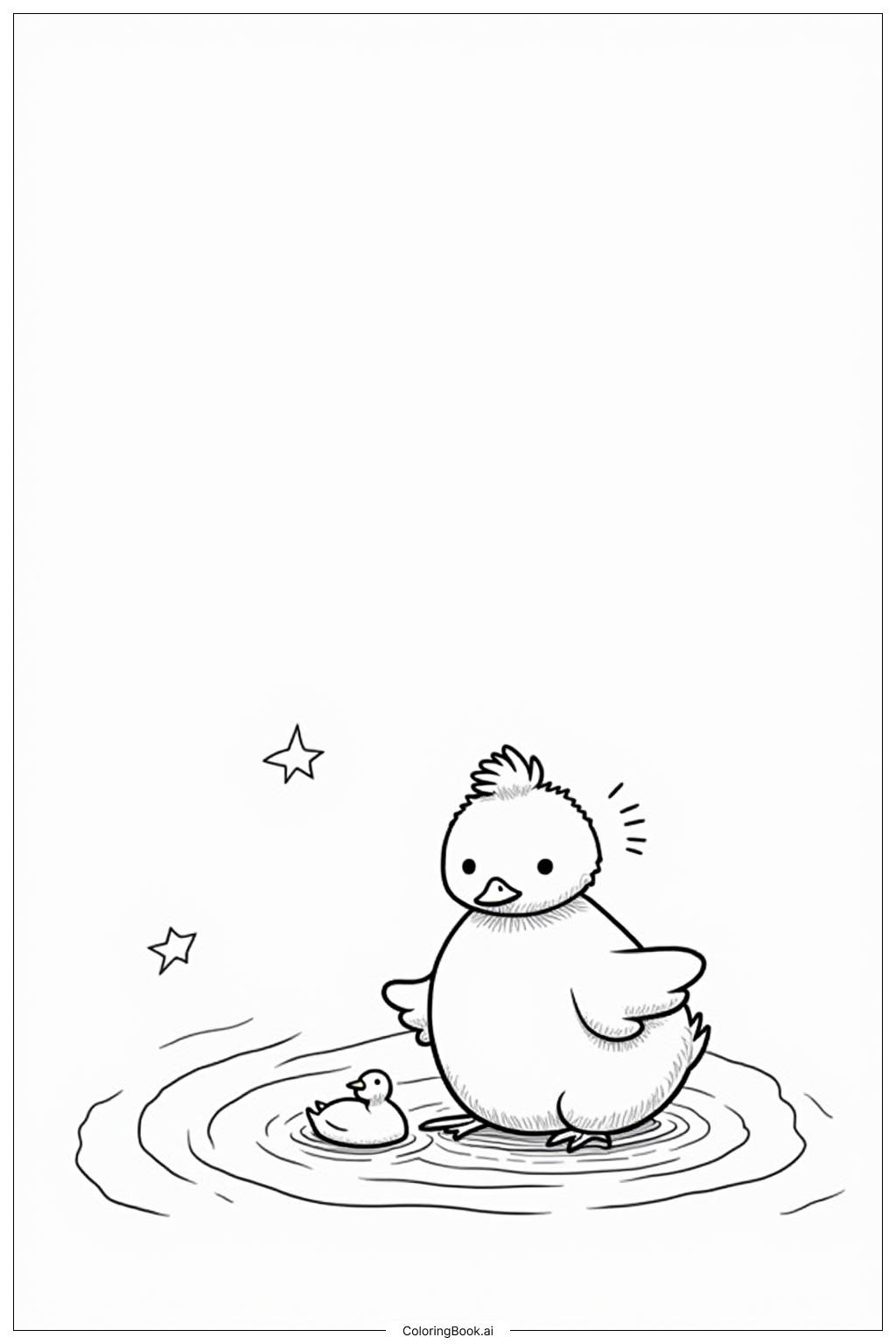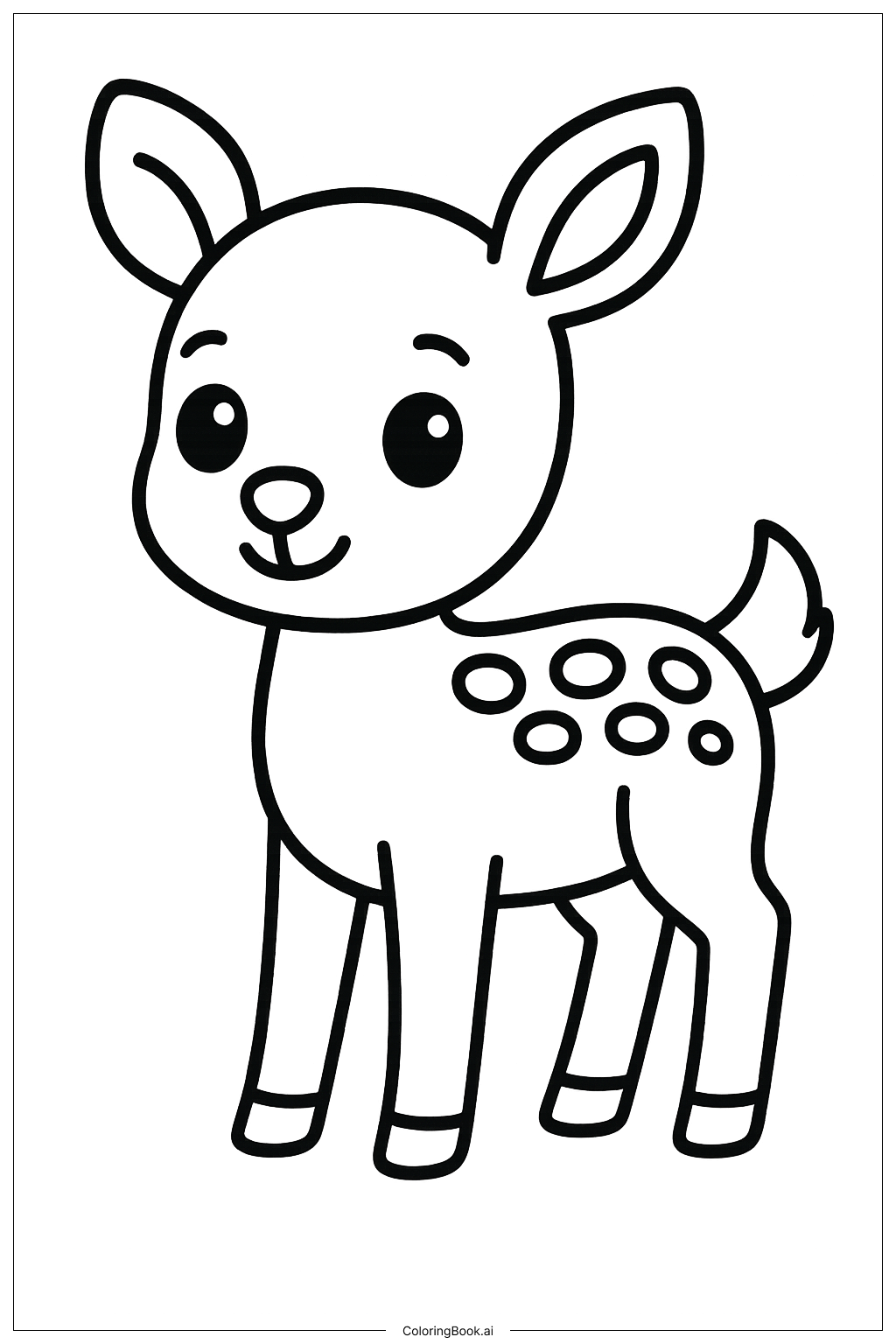Coloring tips: How to color Arctic Animals Waving Hello coloring page well?
Use bright and natural colors for each animal. The polar bear could be white or light grey with black nose and eyes. The seal can be shades of grey or brown with darker whiskers and nose. The penguin is usually black and white, but you can add colors like orange or yellow on its beak and feet. Try coloring the background light blue or icy colors to show the Arctic environment. Use markers or crayons for smooth coloring. Stay inside the lines and be creative with patterns or extra snowflakes around them!
Coloring challenges: Which parts are difficult to color and need attention for Arctic Animals Waving Hello coloring page?
1. The polar bear’s large white body may feel tricky since it needs shading without adding too much color that hides its shape. 2. The seal's whiskers and small features require careful coloring to keep the details clear. 3. The penguin has thin edges and small feet that need steady hand control to color neatly. 4. Coloring the three animals differently yet keeping harmony with the background may be hard for beginners. 5. Avoid coloring too dark in areas where the body should appear light or white, like the polar bear’s fur or penguin's belly.
Benefits of coloring books: Advantages of drawing Arctic Animals Waving Hello coloring page
Coloring this picture helps improve hand coordination and focus. It encourages children to learn about Arctic animals and their colors. The simple shapes allow young kids to practice staying inside the lines. Adding colors to friendly animal faces can boost creativity and confidence. Also, by choosing colors for the background, kids can imagine a cold, icy world, improving their imagination and storytelling skills.
